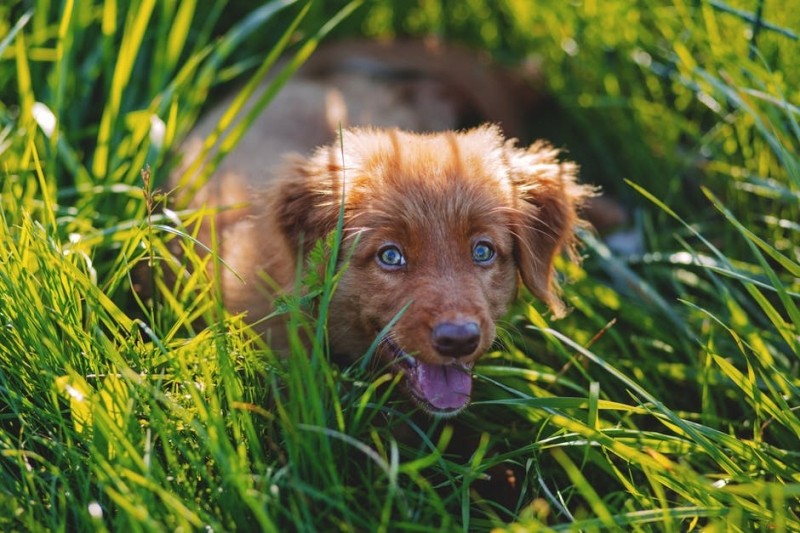Is my dog allergic to grass?
Seeing your dog frolic through long grass is a pleasing sight to see. It’s happy, its tail is wagging, and it’s getting plenty of fresh air and exercise. However, for some dogs, this small amount of freedom outside can be all it takes to rare up a grass allergy – regardless of how fun the activity was initially.
Who would have thought that a domestic pet could fall victim to a condition that, according to the Australasian Society of Clinical Immunology and Allergy, affects only 18 percent of people in Australia and New Zealand, rather than animals?
However, it’s true. Dogs can be allergic to grass, and it’s more common than you might think. In a study completed at the University of Veterinary Medicine Vienna, more than 80 percent of 262 trialled dogs tested positive for grass, weed, and tree pollen allergies.
As proven in the study, many dogs suffer from allergies to grass and its pollens, but what are the symptoms, and how can you treat them?
Treatments
If your dog appears to be itching more than normal, is scratching its skin to the point of causing injury, is suffering from fur loss and is gnawing at its fur, skin, or paws, it may be suffering from a grass allergy. A dog with grass allergies may also sneeze a lot, or have red, irritated, or weepy eyes. If you suspect your dog may have an allergy, make an appointment for your dog at a veterinary clinic. Your veterinarian might test to identify specific allergens, before offering treatment options and advice.
There are also many things you can be doing at home to help your dog be as comfortable, and as symptom-free, as possible. Firstly, it might be a good idea to keep the area in which your dog plays free of tall grasses and mowed on a regular basis. Any grass that features heads may irritate their skin.
It may also be helpful to keep your eye on mobile weather apps. These apps can offer helpful, up-to-the-minute pollen level indicators to give you a good idea of when to limit outdoor play time. If your dog does play outside in grass a lot, wiping down their legs and feet with warm water after playtime might also help to remove any pollen that has come into contact with your dog’s skin or fur.
If symptoms and irritation still occur, and your dog is uncomfortable, be sure to call upon your local veterinary professional for help. They might be able to recommend anti-itch shampoos and sprays to relieve discomfort, and may even prescribe allergy shots in severe cases.
Your furry friends love to play, but don’t be afraid to think outside the box when it comes to exercising them without grass irritants. Consider taking your dog for a walk on a leash, rather than in a dog park, and remember to keep grass areas mowed short at all times.

